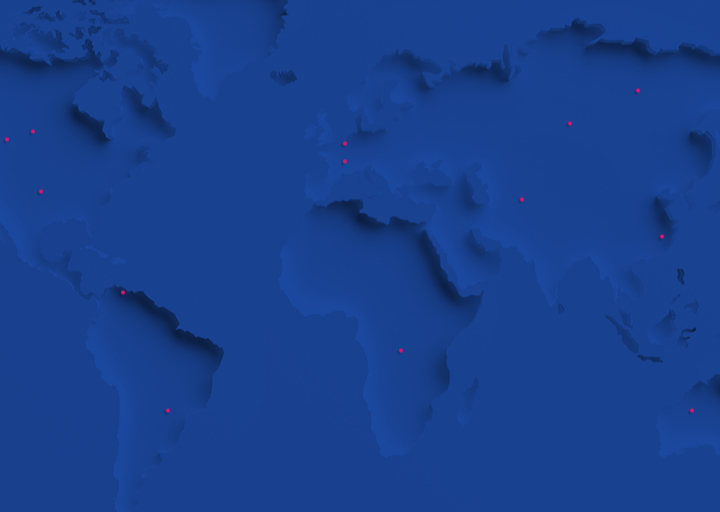Salmonella Isolation From Processed Seafood
DATE
08 October 2019
(Duration : 60 mins)
SPEAKER
Jasmine LACIS-LEE
Food Safety Manager - Microbiology & Allergens | DTS Food Assurance
WEBINAR OVERVIEW
SALMONELLA IN RAW FISH FILLETS: WHY DO WE NOT CONSIDER IT A FOOD SAFETY HAZARD?
Salmonella is routinely considered a potential food safety hazard in farmed prawns/shrimps but not for farmed fish. Contaminated whole fish and processed portions can cross-contaminate equipment and premises even when the end product will be cooked prior to consumption. Now, more fish species are being used in minimally “processed” recipes (e.g. ceviche & poke) beyond traditional sashimi species.
The case for the inclusion of Salmonella controls within seafood processing HACCP plans will be considered, utilizing a case study where 3 serotypes of Salmonella, sourced from one farmed species, cross-contaminated processing equipment and 2 other fish species onsite. The root source of contamination within this raw fish supply chain was identified and compared to actual food borne illness (nearby) associated with the corresponding Salmonella serotypes. The review also considered presence of native reptiles, bats, and bird species at the source farm, along with fish meal, rodents and local soil.
Worldwide recall and rejection notices were reviewed to identify real levels of Salmonella occurrence in commercial raw fish portions for both fresh and salt water species, farmed and wild caught. This investigation led to identification of actual and potential control measures for use within the whole supply chain.
If Salmonella is not considered within the risk assessment for any part of the raw fish supply chain, cross-contamination will not be identified within the processing sector and no control measures will be put in place in the farming/catching sectors. This may lead to Salmonella becoming background flora within processing facilities, with the potential to become a food safety pathogen risk.




